Picture this: you’re standing on what feels like the surface of Mars, surrounded by endless dunes and scorching heat, when suddenly you stumble upon a pocket of paradise so surreal it defies logic. Desert oases aren’t just geographical curiosities—they’re nature’s most mind-bending illusions, places where crystal-clear pools reflect towering palms against backdrops of golden sand.
These aren’t your typical vacation spots; they’re otherworldly sanctuaries that have stopped travelers in their tracks for millennia. From shimmering lagoons nestled between Brazilian dunes to ancient springs bubbling up in the heart of China’s most remote deserts, these oases challenge everything we think we know about what’s possible in some of Earth’s harshest environments.
Here is a list of 20 desert oases that will make you question whether you’ve accidentally wandered onto an alien planet.
Huacachina Oasis, Peru
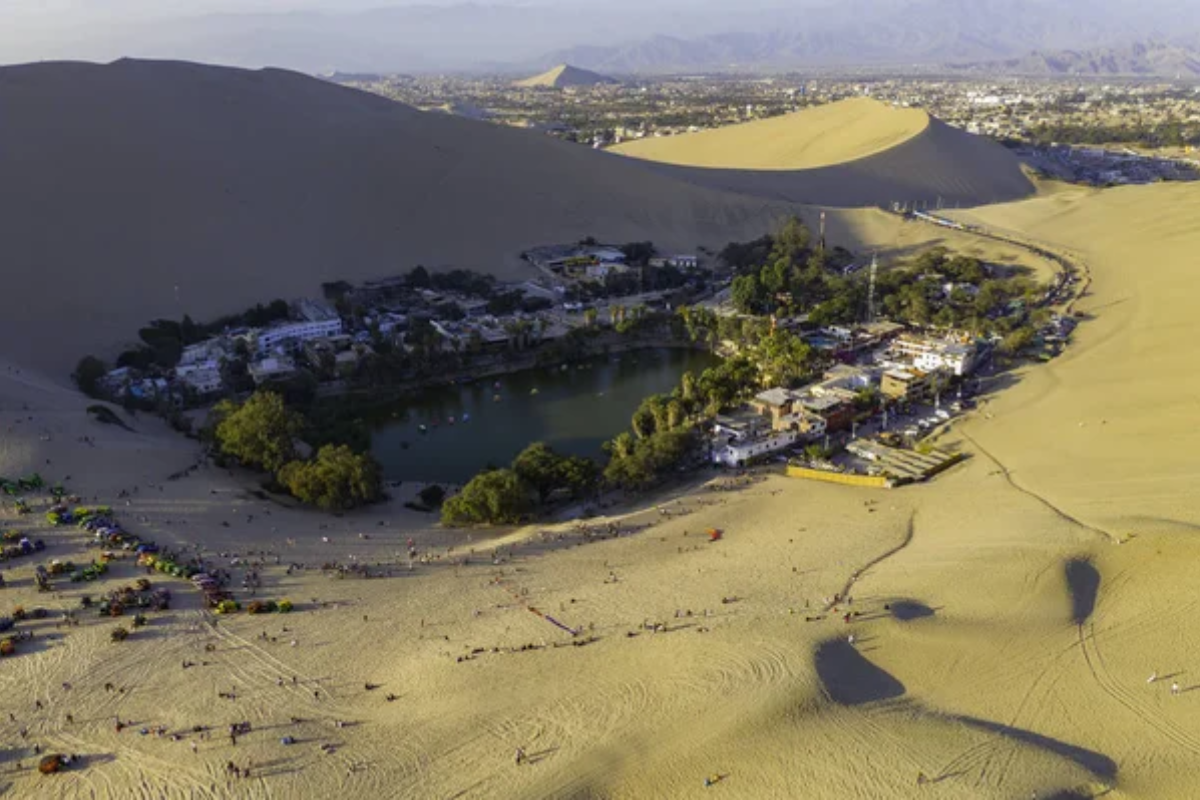
Tucked into Peru’s coastal desert just three miles from the city of Ica, Huacachina feels like a Hollywood movie set that someone forgot to take down. This tiny natural lagoon sits perfectly centered among towering dunes, surrounded by date palms and carob trees that seem to defy the desert’s harshness.
What makes it truly otherworldly is how the rising dunes form a natural amphitheater around the water, creating the sensation that you’ve discovered a secret world hidden from civilization.
Badain Jaran Desert Lakes, China
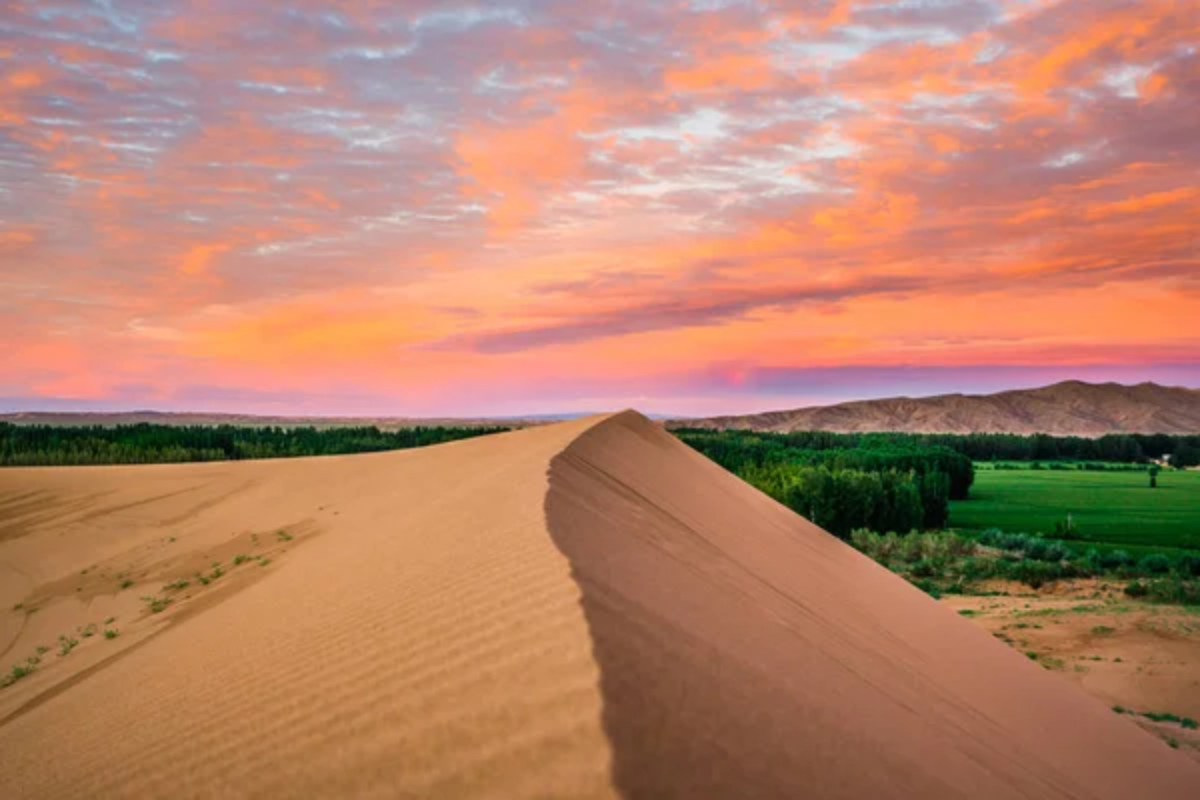
In China’s Inner Mongolia region, over 100 mysterious lakes dot the landscape between some of the world’s tallest dunes, creating a scene so surreal that scientists are still puzzling over how it exists. The lakes range from brilliant turquoise to deep pink and red, their vivid colors caused by different mineral combinations and algae that thrive in the extreme conditions.
Standing atop a 1,600-foot mega-dune and gazing down at these scattered jewels of water feels like peering into an alien landscape from another galaxy.
Like Travel Pug’s content? Follow us on MSN.
Lençóis Maranhenses, Brazil
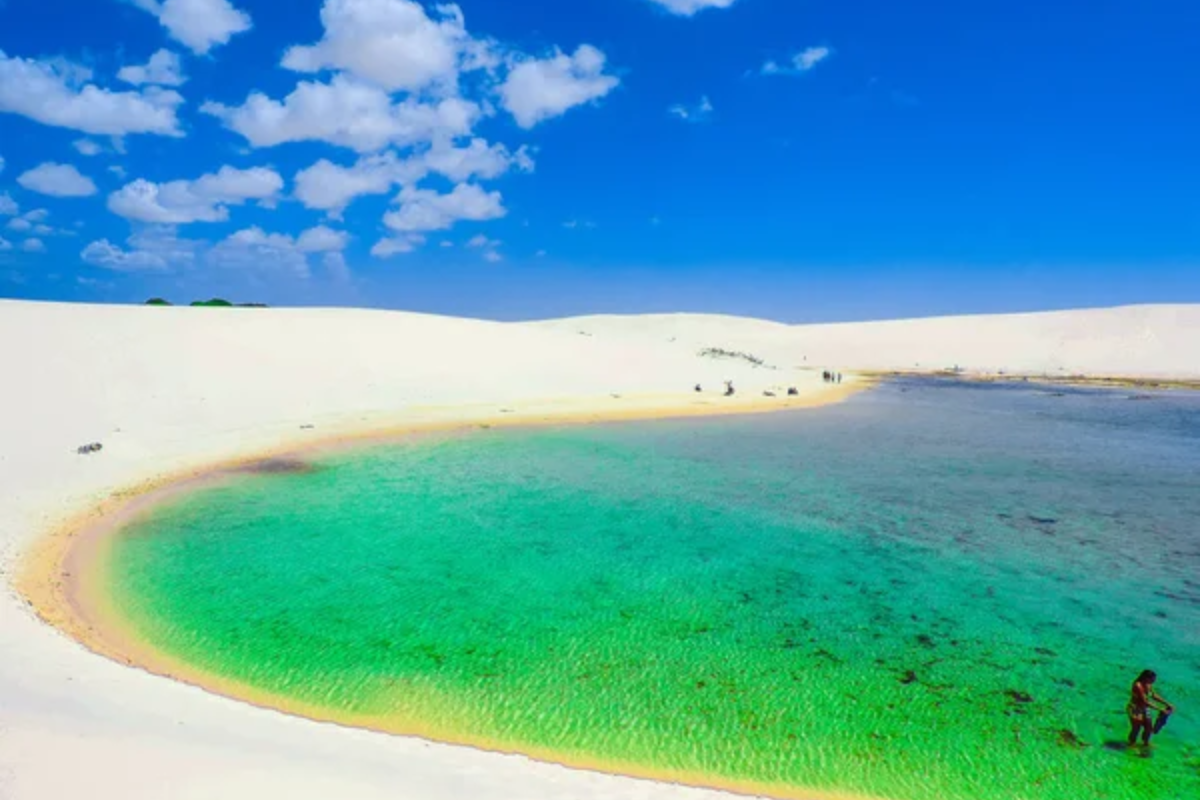
Brazil’s Lençóis Maranhenses National Park transforms from what looks like a bone-white desert into a wonderland of thousands of crystal-clear lagoons during the rainy season. The park receives about 47 inches of rain annually, causing freshwater to collect in valleys between the dunes and creating pools that can reach over 300 feet long and 10 feet deep.
The contrast between the blindingly white sand and the brilliant blue water creates such a dramatic visual effect that many visitors initially assume they’re experiencing a mirage.
Siwa Oasis, Egypt
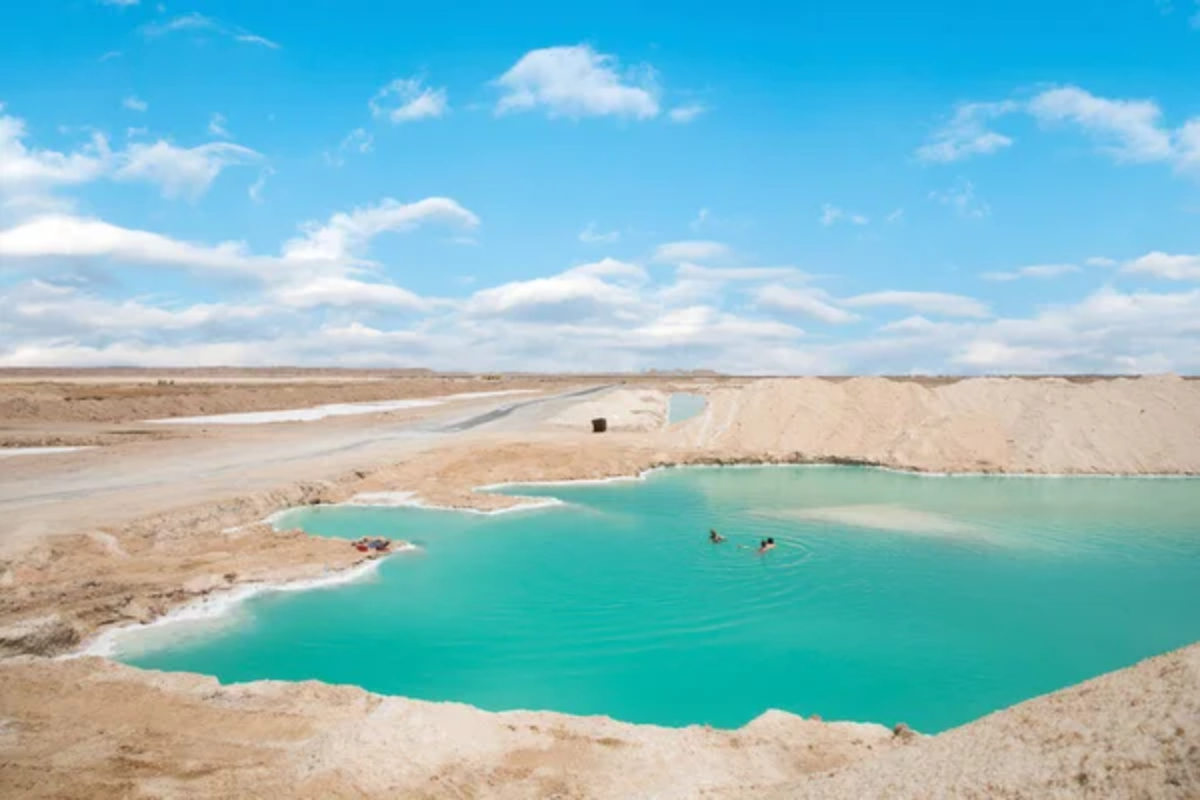
Remote and mystical, Egypt’s Siwa Oasis sits near the Libyan border like a green island in an ocean of golden sand, complete with ancient ruins and bubbling springs. Home to the famous Cleopatra Spring with waters believed to have healing properties, this oasis has been enchanting visitors for thousands of years.
The combination of ancient mud-brick architecture, swaying palms, and the endless expanse of the Great Sand Sea creates an atmosphere that feels suspended between worlds and centuries.
Wadi Bani Khalid, Oman
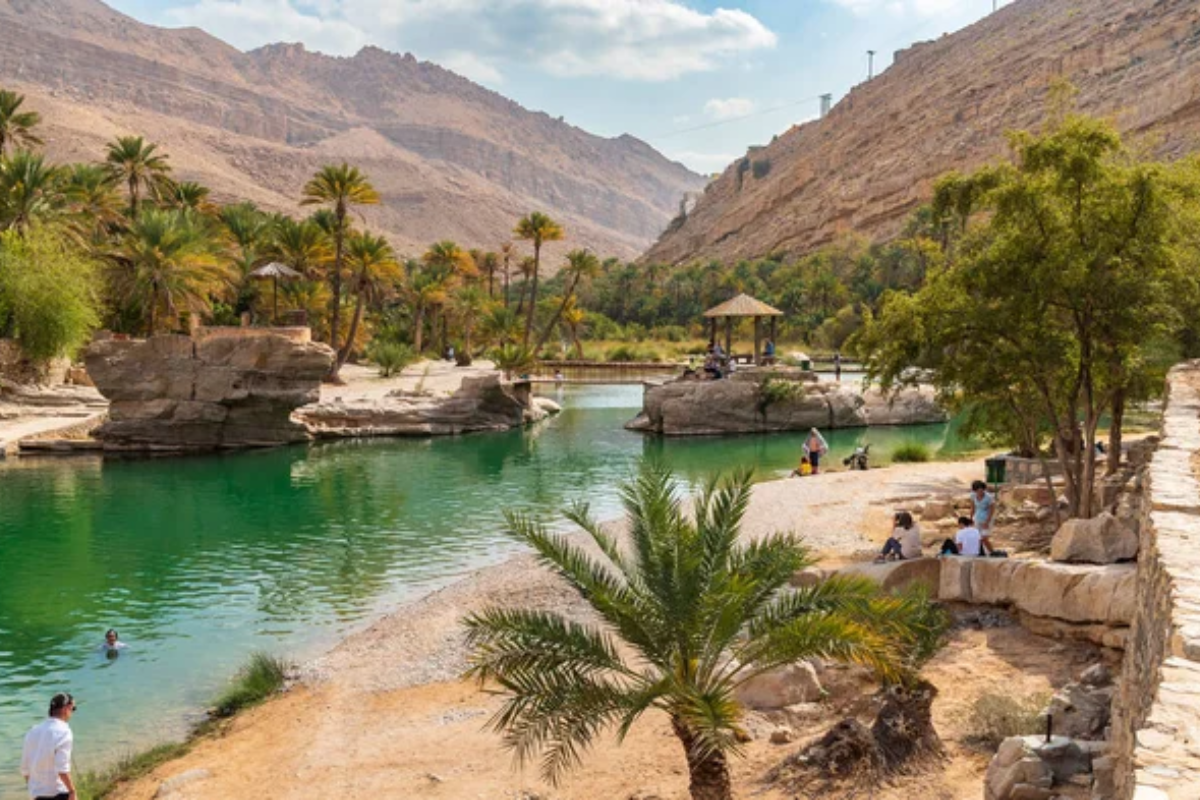
Fed by a year-round stream, Oman’s Wadi Bani Khalid remains perpetually green with date palms lining crystal-clear pools where tiny fish nibble at swimmers’ skin. The turquoise water stays refreshingly cool even in scorching desert heat, creating the perfect natural swimming pools surrounded by towering canyon walls.
What makes this oasis particularly mesmerizing is how the water seems to glow with an inner light, reflecting the limestone walls in shades that shift from emerald to sapphire depending on the time of day.
Like Travel Pug’s content? Follow us on MSN.
Crescent Lake, China
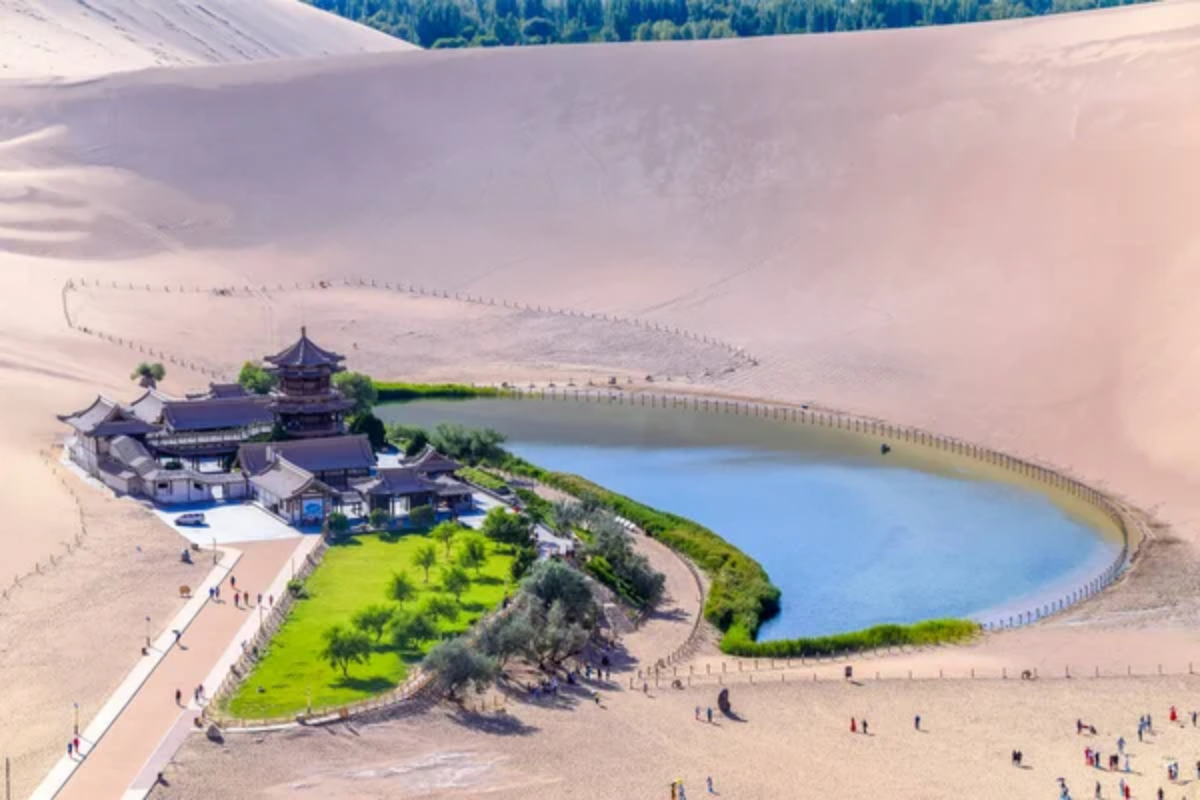
On Echoing-Sand Mountain near Dunhuang, China’s famous Crescent Lake maintains its perfect moon shape despite being surrounded by shifting dunes for over 2,000 years. The water stays crystal clear like Caribbean seas, somehow transported to the middle of the Gobi Desert, creating one of nature’s most improbable architectural achievements.
Visitors often describe the experience of seeing this perfect crescent of blue water against golden sand as stepping into a living piece of ancient Chinese poetry.
Havasu Falls, Arizona

Deep in Arizona’s Grand Canyon region, this turquoise waterfall creates a tropical oasis that requires an eight-mile hike through desert terrain to reach. The water gets its distinctive blue-green color from limestone deposits, while red rock cliffs tower overhead like something from an alien planet.
The contrast between the harsh desert approach and the lush, tropical paradise at the destination creates such a dramatic shift that many hikers report feeling like they’ve walked through a portal to another world.
Ubari Lakes, Libya

In Libya’s Saharan region, the Ubari Lakes form a collection of saltwater pools surrounded by date palms and tall grasses in the heart of one of Earth’s most unforgiving deserts. The water here is so salty it rivals the Dead Sea, yet somehow supports life and creates an ecosystem that seems impossible in such an arid environment.
The way these lakes appear scattered among towering dunes, like someone dropped pieces of the Mediterranean into the Sahara, creates a surreal landscape that photographers struggle to capture believably.
Like Travel Pug’s content? Follow us on MSN.
Ein Gedi, Israel
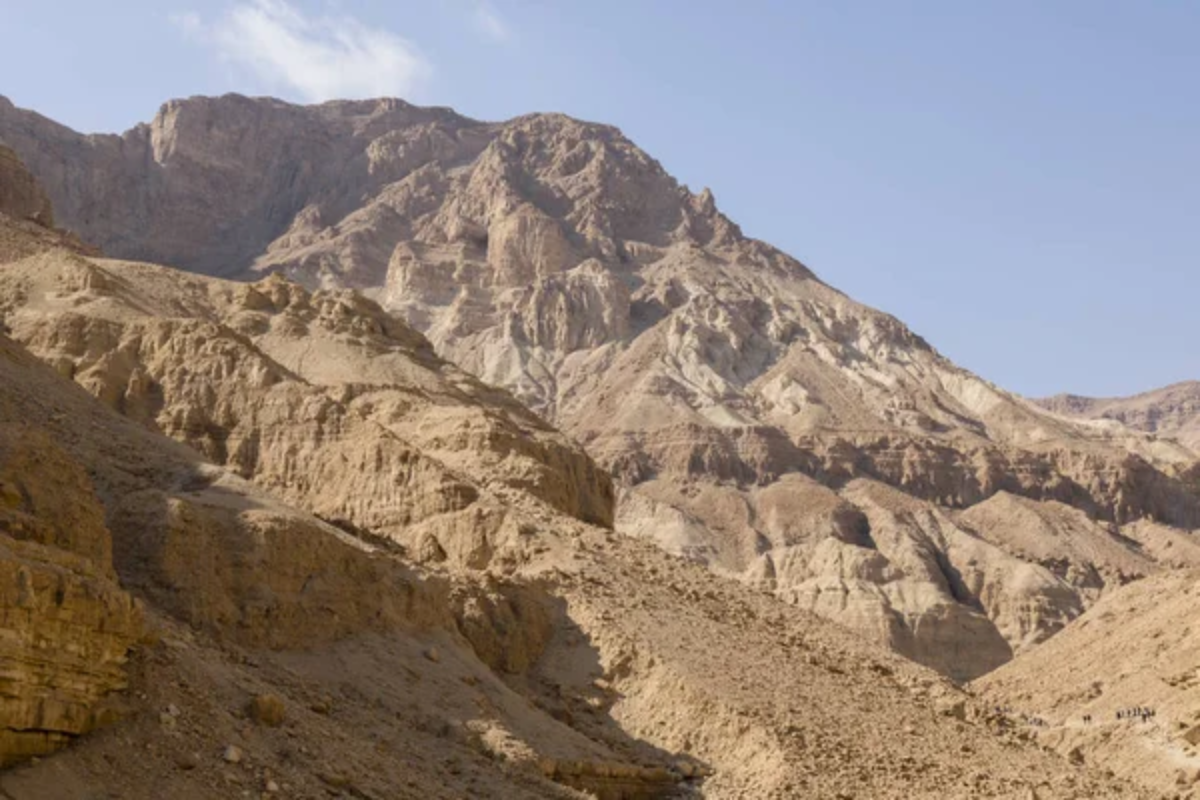
Once a refuge for King David, Ein Gedi remains a lush escape where waterfalls tumble down canyon walls and springs emerge from hidden depths in the Judean Desert. This nature reserve near the Dead Sea creates such a stark contrast between barren desert and tropical abundance that it feels like stepping into a biblical paradise.
The sound of cascading water echoing off ancient limestone cliffs, surrounded by date palms and fig trees, creates an almost mystical atmosphere that has inspired pilgrims for millennia.
Timia Oasis, Niger

Deep in Niger’s Saharan region, the Timia Oasis sits like a vibrant band of green in the Aïr Mountains, famous enough to be celebrated in Tuareg songs and poetry. Fed by a seasonal waterfall, this oasis supports date palms and citrus trees that seem to materialize from nowhere in the otherwise barren landscape.
The way the emerald vegetation appears to grow directly from the rocky desert floor creates such a sharp visual contrast that many visitors describe it as nature’s most convincing magic trick.
Tafilalt Oasis, Morocco
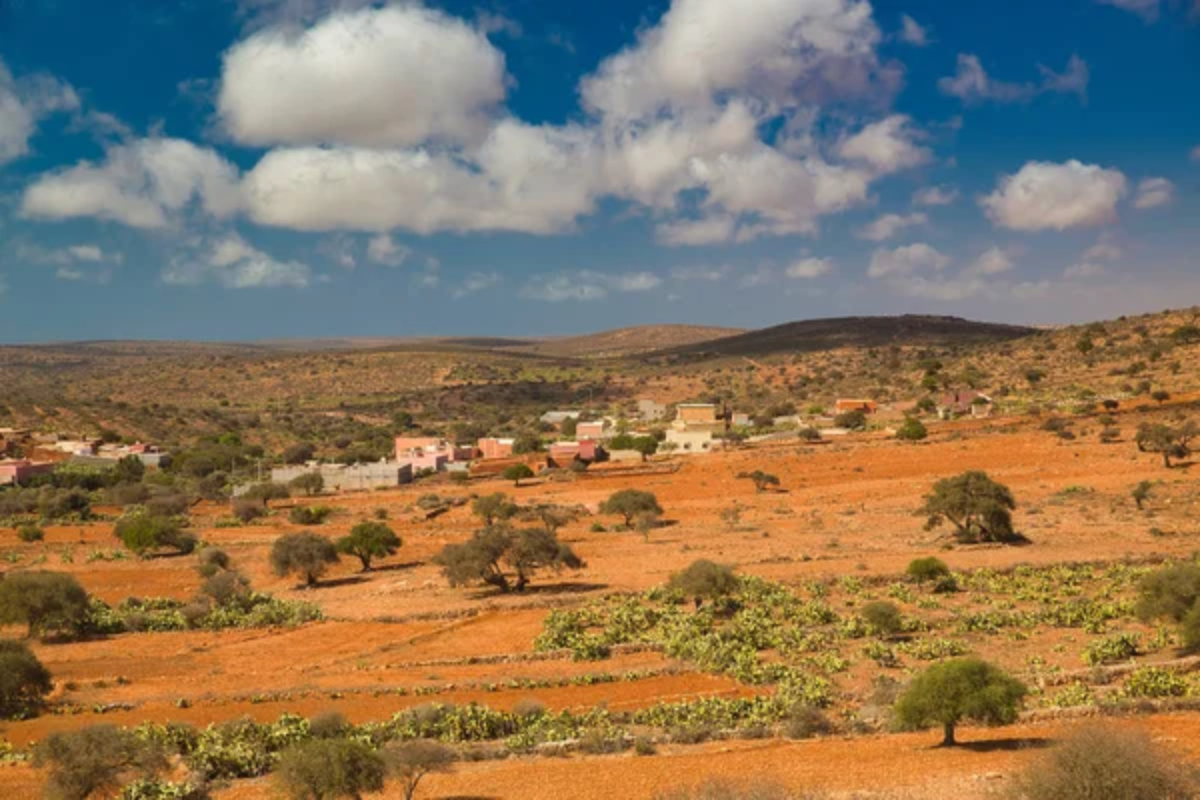
Morocco’s largest Saharan oasis stretches for 18 miles along the Ziz River, encompassing fortified villages and countless date palms that have served caravan routes for centuries. This massive green corridor cuts through the desert like a natural highway, complete with ancient kasbahs and traditional Berber settlements that seem frozen in time.
The sheer scale of this oasis—visible from space—combined with its role as a historical crossroads, creates an epic landscape that feels like something from Arabian Nights come to life.
Like Travel Pug’s content? Follow us on MSN.
Furnace Creek, California
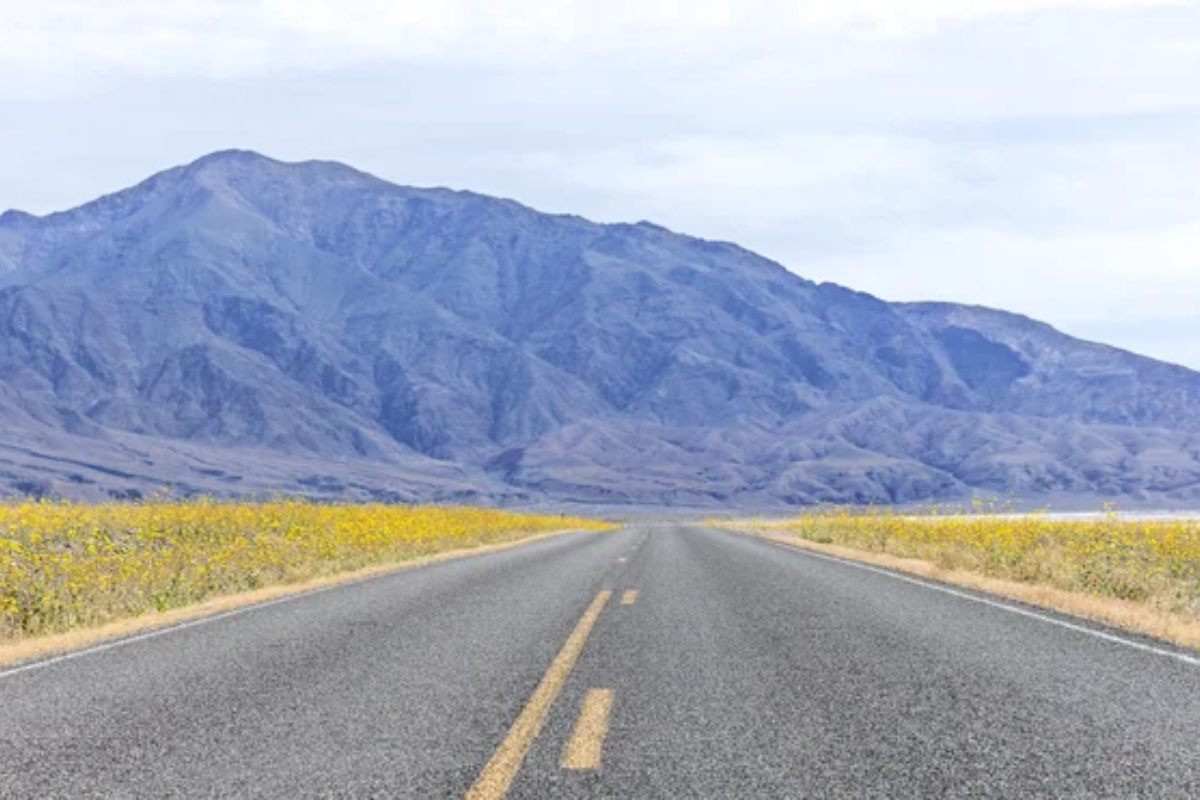
Set in Death Valley National Park, Furnace Creek offers a surprising green sanctuary in the hottest place on Earth, where temperatures regularly exceed 120°F. The fact that palm trees and grass can survive in such extreme conditions creates a biological puzzle that seems to defy the laws of nature.
This oasis serves as living proof that life finds a way even in the most hostile environments, creating a small pocket of habitability in one of the planet’s most Mars-like landscapes.
Dakhla Oasis, Egypt
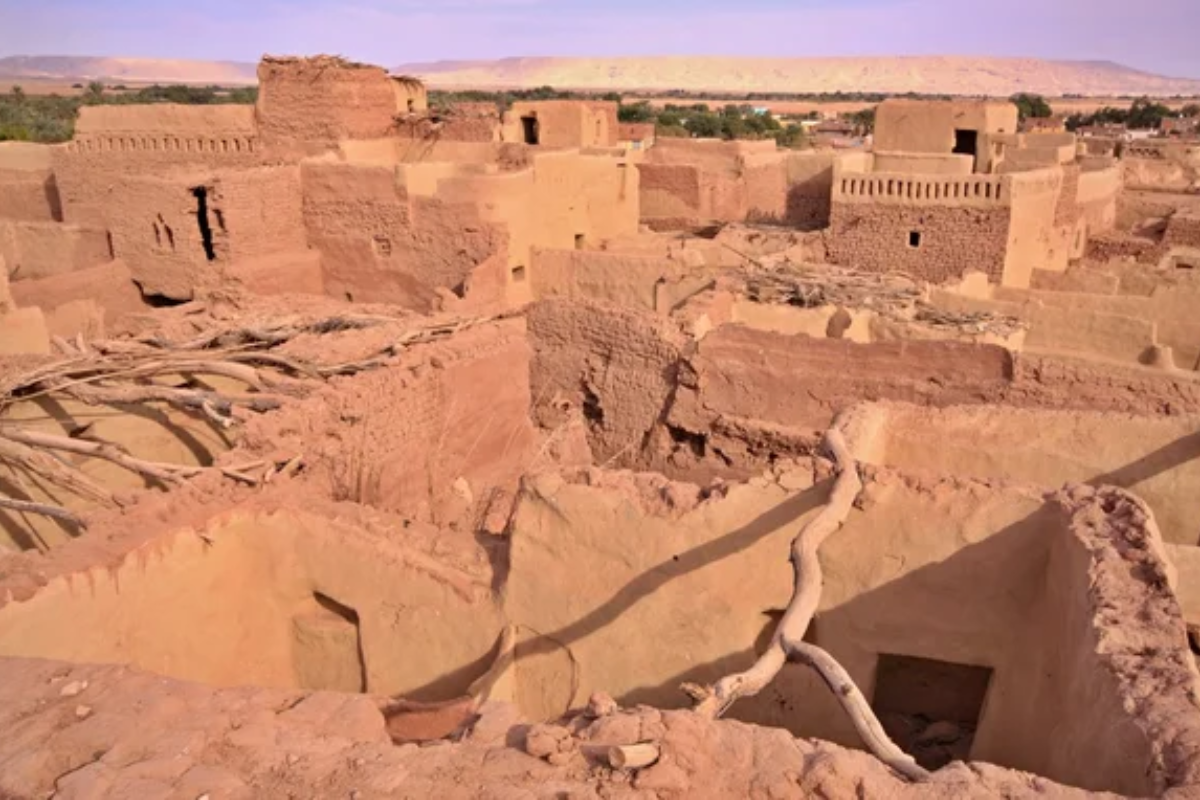
Hidden deep in Egypt’s Western Desert, Dakhla Oasis feels like a medieval time capsule preserved in amber, complete with ancient settlements and natural hot springs. The combination of Islamic architecture, traditional mud-brick buildings, and lush agricultural fields creates a scene that hasn’t changed much since the days of the pharaohs.
What makes this oasis particularly otherworldly is how the modern world seems to simply stop at its edges, leaving visitors feeling like they’ve traveled backward through time as well as across space.
Bahariya Oasis, Egypt

Part of Egypt’s collection of Western Desert oases, Bahariya combines natural hot springs with ancient ruins and modern date palm plantations in a landscape that shifts between different historical periods. The oasis serves as a gateway to the White Desert, where wind-carved limestone formations create an outdoor sculpture gallery that looks more like abstract art than geology.
The juxtaposition of the green, life-giving oasis against the stark white limestone desert creates a color palette so dramatic it seems artificially enhanced.
Like Travel Pug’s content? Follow us on MSN.
Ghardaia, Algeria
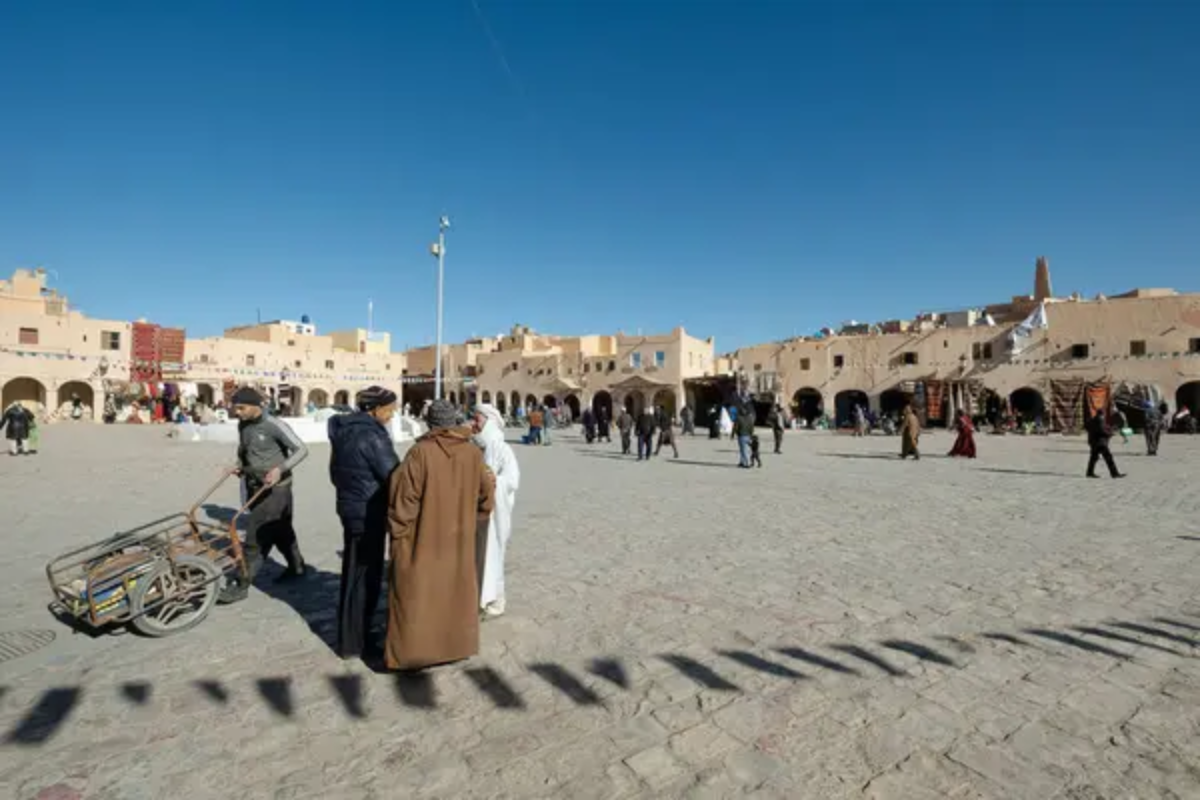
Protected as a UNESCO World Heritage site, Algeria’s Ghardaia offers extraordinary examples of medieval Arabic architecture nestled among palm groves in the M’zab Valley. This ancient settlement represents one of the few places where traditional oasis life continues largely unchanged, with water management systems and building techniques that have survived for over a thousand years.
The way the ancient stone buildings seem to grow organically from the landscape creates an architectural harmony that feels more like natural formation than human construction.
Blue Lake, Australia

In Australia’s remote outback, this impossibly blue water source appears like a sapphire dropped into red desert sand, creating one of the continent’s most photographed natural phenomena. The lake’s intense color comes from mineral deposits and algae, but the effect is so vivid that many visitors initially suspect digital manipulation.
Surrounded by spinifex grass and red rock formations under an endless sky, this oasis creates a quintessentially Australian landscape that captures the raw beauty of the continent’s interior.
Farafra Oasis, Egypt
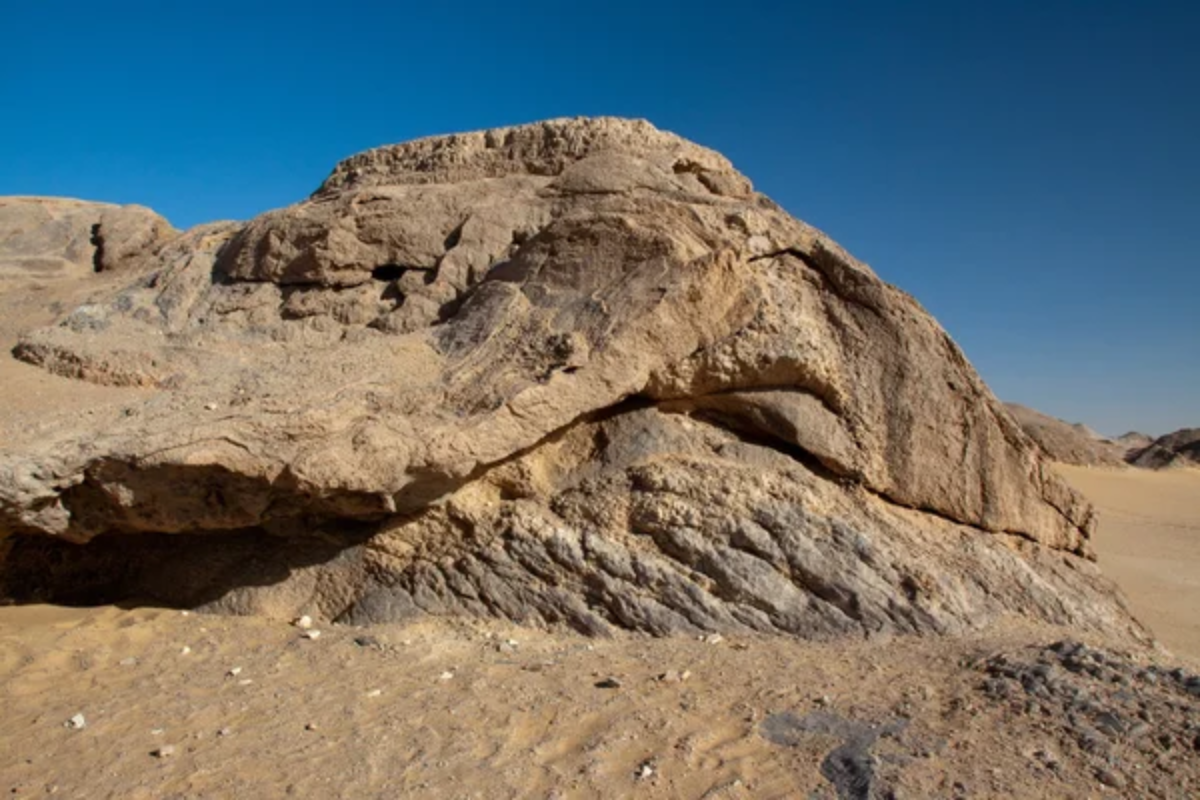
Egypt’s most isolated oasis sits in a natural depression surrounded by the White Desert’s surreal chalk formations, where wind and sand have sculpted limestone into impossible shapes. The white desert nearby features spires of bright limestone that jut into the sky like an unusual natural exhibition where wind is the artist and land is the canvas.
The contrast between the lush green palms of the oasis and the stark white sculptures of the surrounding desert creates a landscape that seems borrowed from science fiction.
Like Travel Pug’s content? Follow us on MSN.
Gaberoun Oasis, Libya
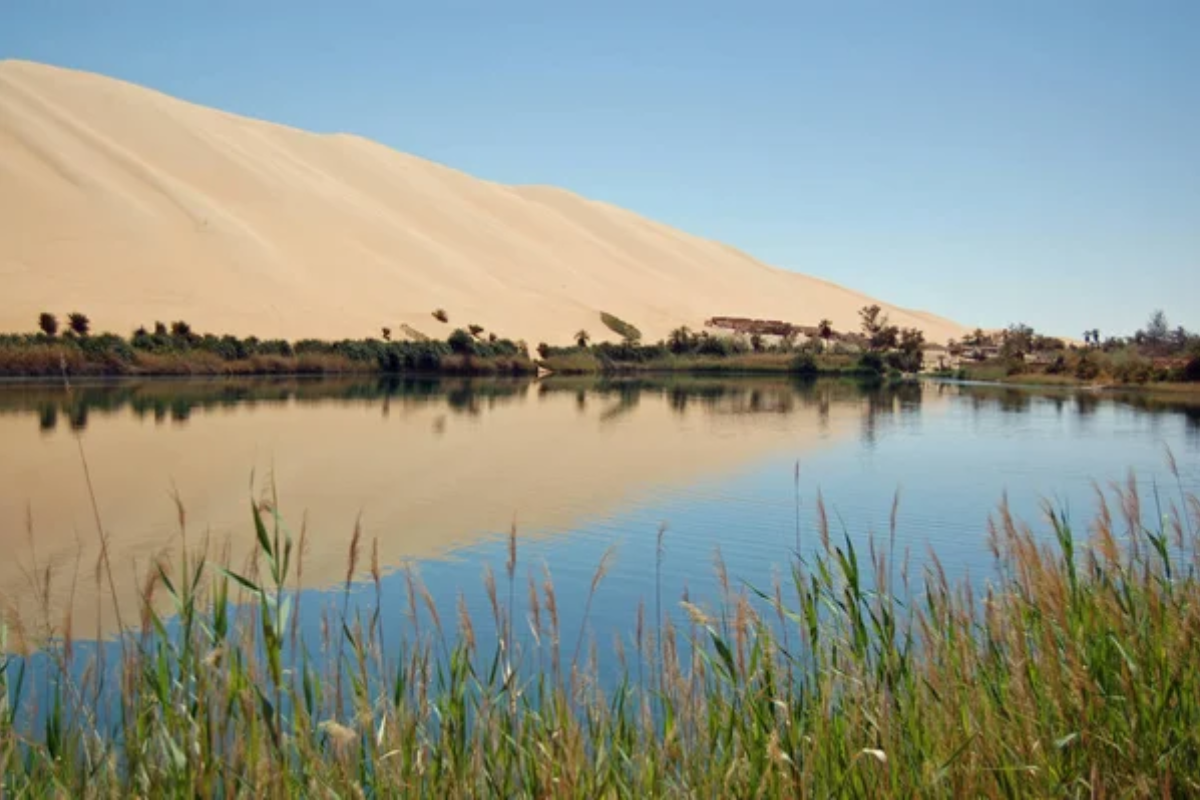
Part of the Erg Awbari in Libya’s Fezzan region, Gaberoun appears as a perfect teardrop of turquoise water nestled among golden dunes that seem to shift and change with each desert wind. This oasis serves as a traditional meeting point for Tuareg nomads who travel from across the Sahara to trade and socialize around its life-giving waters.
The sight of colorfully dressed nomads and their camels reflected in the still water against a backdrop of towering dunes creates scenes that look like they belong in National Geographic rather than real life.
Ash Meadows, Nevada
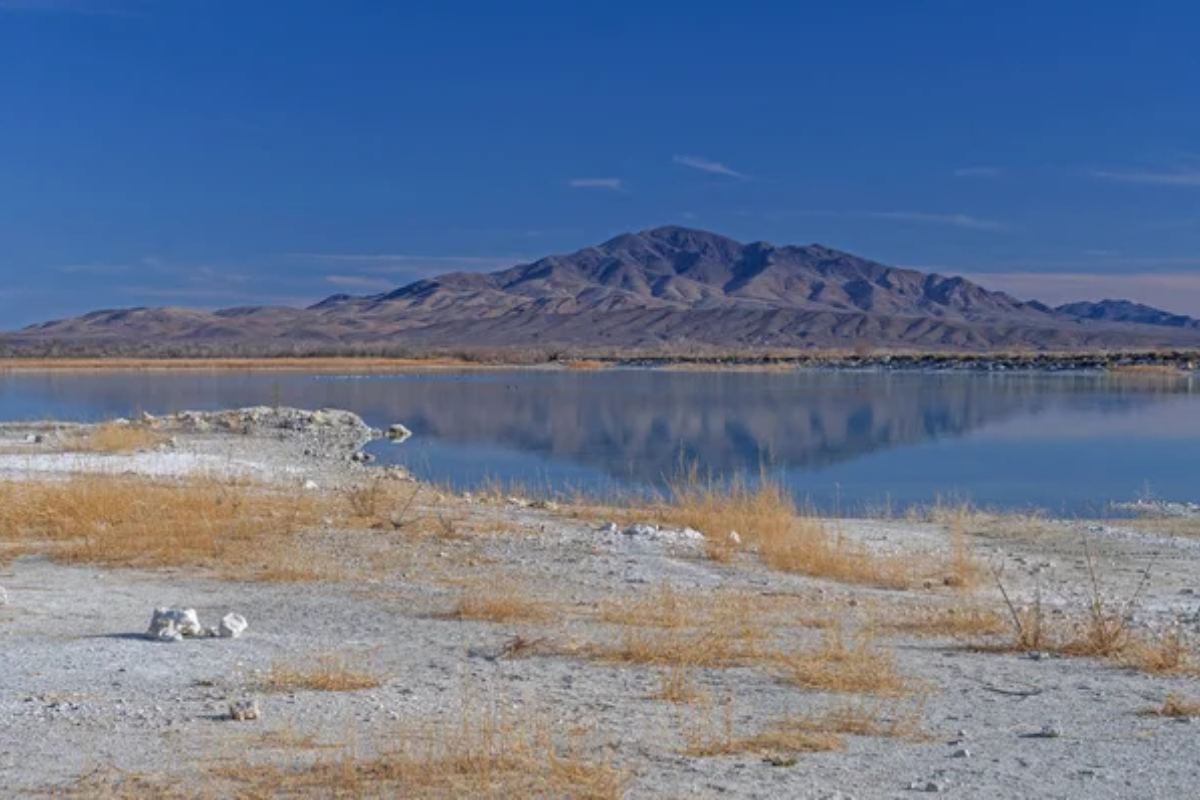
Located northeast of Las Vegas, Ash Meadows creates a hidden refuge home to rare and endangered species, including the Ash Meadows Amargosa pupfish, visible in crystal-clear spring waters. This desert wetland exists because of underground springs that have been flowing for thousands of years, creating an ecosystem so unique that most of its species exist nowhere else on Earth.
The contrast between the Mojave Desert’s harsh landscape and this lush wetland habitat creates a biological diversity hotspot that feels like discovering a secret laboratory where evolution went wild with experiments.
Al-Hasa Oasis, Saudi Arabia
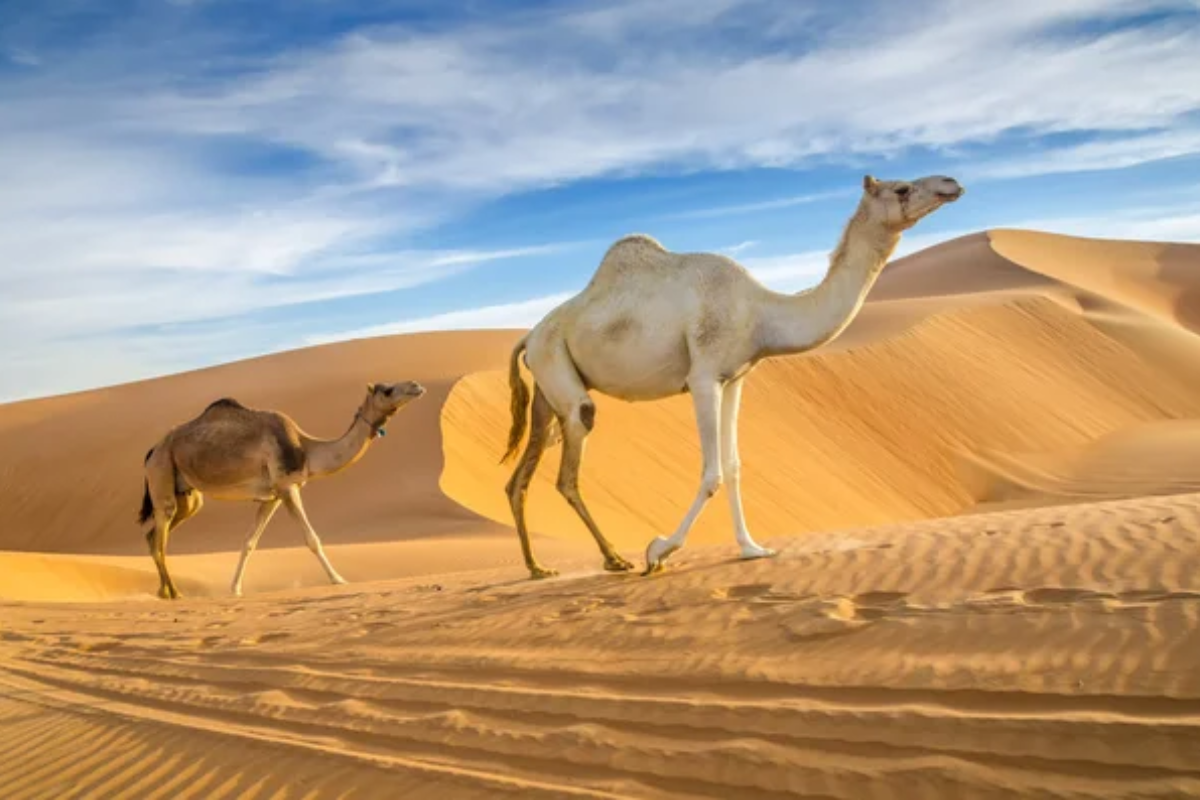
The world’s largest oasis, Al-Hasa, spans 25,000 acres of agricultural land in Saudi Arabia’s Eastern Province, supporting over 2.3 million date palms that produce 90,000 tons of dates annually. This massive agricultural operation includes 200,000 citrus trees alongside dates, creating a green metropolis in the heart of the Arabian Peninsula.
The sheer scale of this human-maintained paradise, visible from space and supporting entire communities, represents humanity’s most successful collaboration with desert environments over thousands of years.
Like Travel Pug’s content? Follow us on MSN.
Where Ancient Dreams Meet Modern Reality
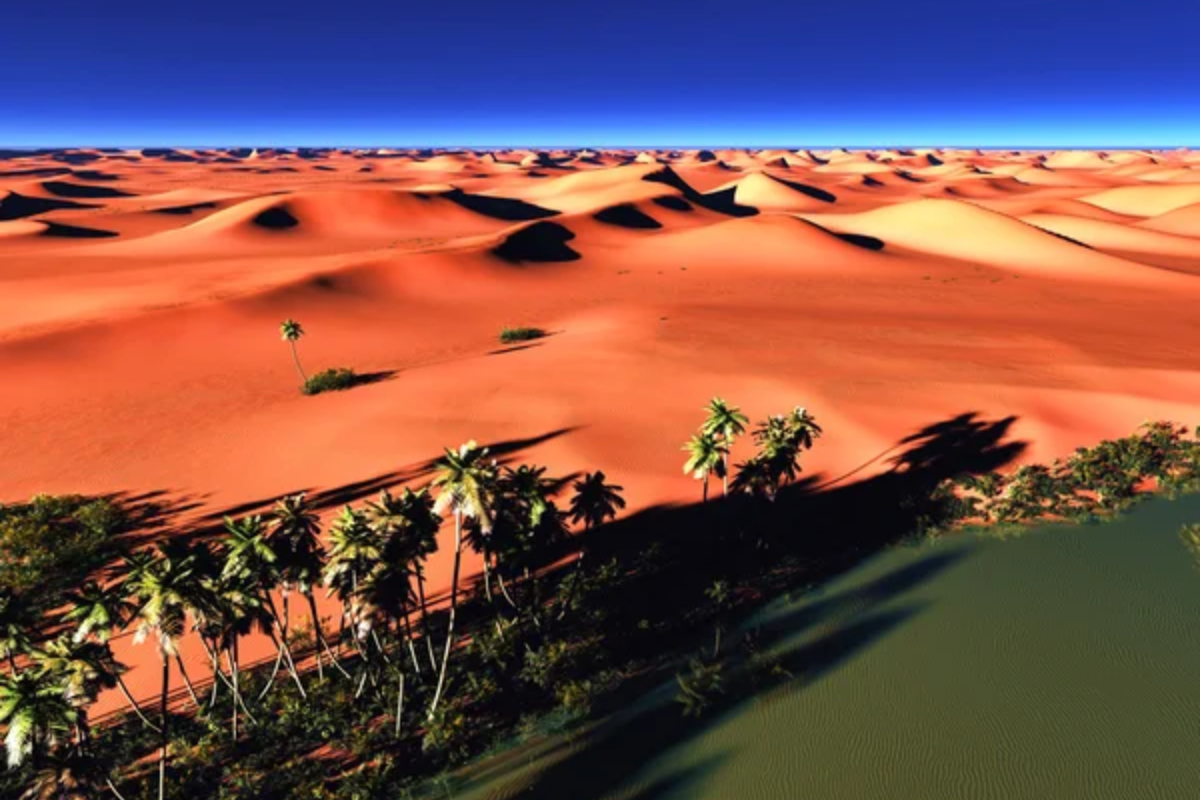
These 20 oases represent more than just geographical curiosities—they’re living connections between the nomadic dreams of our ancestors and our modern understanding of what makes life possible in impossible places. While ancient peoples viewed these water sources as gifts from the gods or as meeting places between worlds, modern science reveals equally magical truths about underground water systems, mineral interactions, and ecological adaptations that create these natural wonders.
MMore from Travel Pug

- 20 Best Beach Towns in the Carolinas
- 13 Destinations Where Tourists Regularly Regret Their Trip
- 20 Destinations That Are More Magical Without an Itinerary
- 20 Underrated Adventures That Belong on Your Travel List
- 20 Cities Where You Should Just Wing It, No Planning Required
Like Travel Pug’s content? Follow us on MSN.N.
